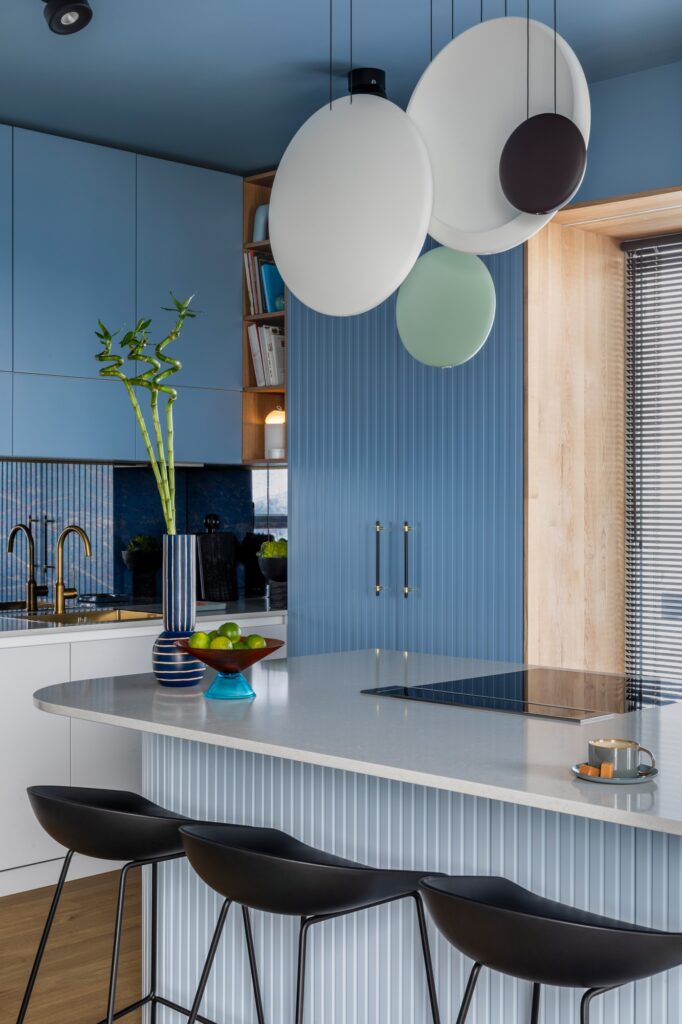Choosing furniture and accessories is more than just filling a space; it’s about expressing your unique personality and style. Your interior decor should tell a story about who you are and what you love. Each piece of furniture and each accessory can contribute to a harmonious environment that reflects your tastes and preferences.
In this article, we’ll explore various aspects to consider when selecting items for your home, ensuring that your choices resonate with your individuality.
Understanding Your Personal Style
To create a living space that truly reflects you, start by understanding your style. This involves looking at what inspires you, from colors to textures and forms. Take a moment to evaluate your favorite designs and how they resonate with your identity.
Consider the elements that speak to you. Are you drawn to modern aesthetics with clean lines and minimalistic decor? Or do you prefer warm, cozy settings filled with eclectic pieces? Understanding your preferences helps in curating a collection of furniture and decor items that feel authentic. If you’re a little lost, contact interior designers in Brooklyn like Design by Anais.
Begin by creating a mood board. Use images from magazines, websites, or even snippets from social media platforms. This visual representation of your ideal room will guide you in making cohesive choices.

Creative composition of kitchen and living room interior
Next, think about how you want your space to make you feel. Should it be a sanctuary of calm or a lively hub for social interactions ? Defining these aspects will further refine your style.
Finally, don’t fear the unconventional. Unique pieces that don’t fit traditional molds can add character to your home. By blending styles or incorporating unexpected elements, you can cultivate an environment that is distinctly yours.
Choosing the Right Colors
Colors play a pivotal role in influencing the mood and ambiance of your home. The right palette can enhance your personality and help create a welcoming atmosphere. When selecting colors for your interior decor, consider how they make you feel.
Start with a neutral base for your walls and larger furniture items. This allows you to easily add elements of color through accessories, such as cushions, rugs, and art. Choose hues that resonate with you. For instance, if you seek tranquility, soft blues and greens may suit you. If you want to inject energy into a room, vibrant reds or yellows could be your choice.
Additionally, think about the psychology of colors. Warm colors often evoke feelings of warmth and coziness, while cool colors are more calming. This knowledge can help you select the right shades to align with your desired atmosphere.
Combine different colors and textures to create depth. For example, pairing a bold couch with complementary artwork can make a stunning statement. Moreover, don’t shy away from using accent colors to highlight your favorite pieces or areas within a space. These pops of color can bring an element of surprise and excitement to your decor.
Selecting Functional Furniture
When choosing furniture, you must consider both aesthetics and functionality. Each piece should not only reflect your style but also serve a purpose in your daily life. Start by evaluating the layout of your space. Take measurements and visualize how different items will fit into the room.
Prioritize quality and comfort when selecting furniture. A stylish chair that is uncomfortable will not serve you well in the long run. Look for pieces that provide comfort while aligning with your design preferences. Whether it’s a plush sofa or a chic dining table, ensure it meets your practical needs.
Consider multifunctional furniture, especially for smaller spaces. Items that serve dual purposes can maximize your area while maintaining style. For instance, a coffee table with storage or a fold-out desk can provide utility without compromising on design.
Additionally, think about the materials used in your furniture. Natural materials like wood or stone can add warmth and character to your room, while metal or glass may align with a more modern aesthetic. Choose materials that resonate with your lifestyle and values.
Finally, don’t forget about the scale of your furniture. Oversized items in a small space can feel overwhelming, while tiny pieces in a large room may get lost. Striking the right balance will enhance the overall feel of your home.
Incorporating Accessories and Decor Items
Accessories and decor items are what truly personalize your space. They are the finishing touches that reflect your personality. When selecting these elements, think about what resonates with you. From art to decorative objects, these pieces should tell your story.
Choose items that not only serve a decorative purpose but also have meaning. This could be a piece of art that you love or souvenirs from travels that carry personal significance. Incorporating these unique pieces can create a sense of connection within your room.
Layering is an effective technique to add depth and interest. Consider mixing textures, patterns, and colors. For instance, a velvet cushion on a cotton sofa can create a rich visual contrast. Grouping items in odd numbers often creates a more balanced and appealing arrangement.
Plants can also enhance your decor. They add life and vibrancy to any space. Select plants that suit your lifestyle; if you lack natural light, opt for low-maintenance varieties. The greenery can complement your furniture and accessories beautifully.

Lastly, don’t overlook the layout. Arrange your accessories in a way that invites exploration and interaction. Create focal points that draw the eye and encourage conversations. The arrangement of your decor can significantly impact how space feels.
Balancing Style and Comfort
Striking a balance between style and comfort is crucial in creating a harmonious interior. Your home should not only look good but also feel inviting. Start by identifying the areas in your home where comfort is essential. Living rooms and bedrooms are primary spots that require cozy and inviting pieces.
Choose furniture that reflects your style while ensuring comfort. A beautiful sofa must also be a place where you can relax. Opt for seat cushions with the right firmness and supportive backrests. Don’t sacrifice comfort for the sake of aesthetics.
Complement your furniture with soft textiles. Throw blankets, cushions, and rugs can dramatically increase the comfort level of a room while enhancing its visual appeal. Play with different textures to create an inviting atmosphere.
Another key aspect is lighting. Natural light can elevate any space, making it feel more open and airy. Use curtains or blinds that allow you to control the amount of light entering the room. Additionally, consider various light sources such as floor lamps or table lamps to create a warm ambiance.
Lastly, remember that your home is a reflection of your lifestyle. Design your space in a way that encourages relaxation and enjoyment. By balancing style with comfort, you create an environment that you and your guests will love spending time in.
Creating a living space that reflects your unique personality involves thoughtful consideration of various factors. From understanding your personal style and selecting the right colors to choosing functional furniture and incorporating meaningful decor items, each decision shapes your home.
As you embark on this journey, remember that your interior design should be a representation of you. Blend comfort with style, and don’t hesitate to infuse your space with unique pieces that tell your story. Ultimately, it’s about cultivating an atmosphere where you feel at ease and inspired every day.
